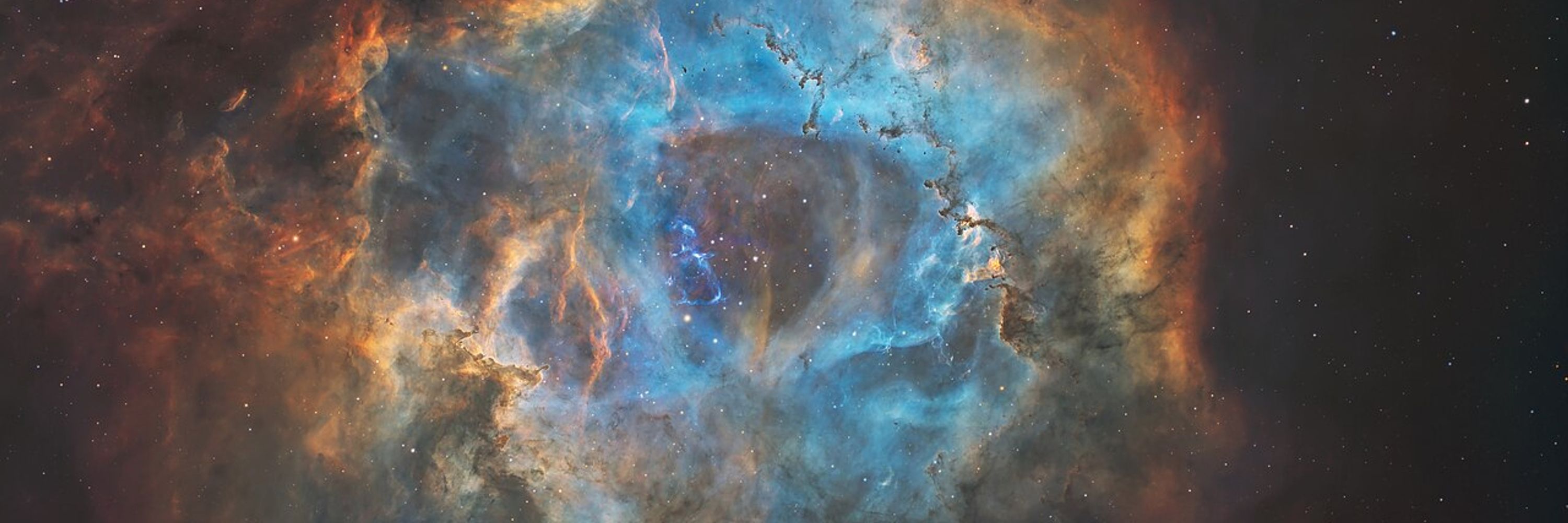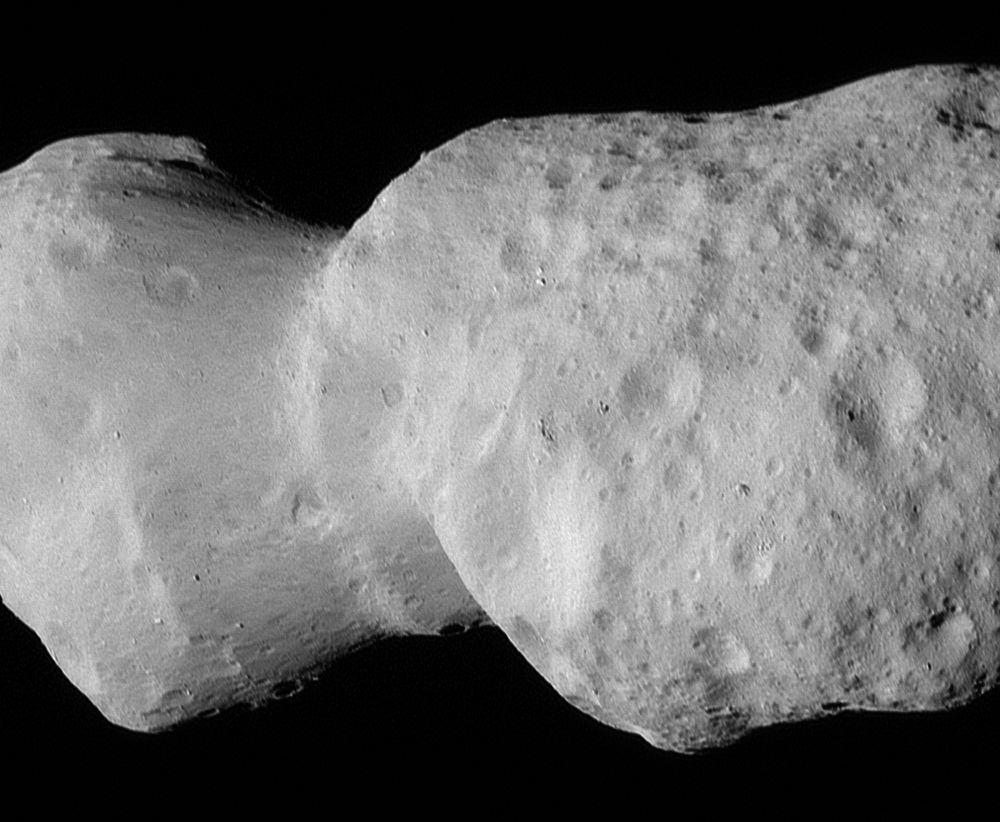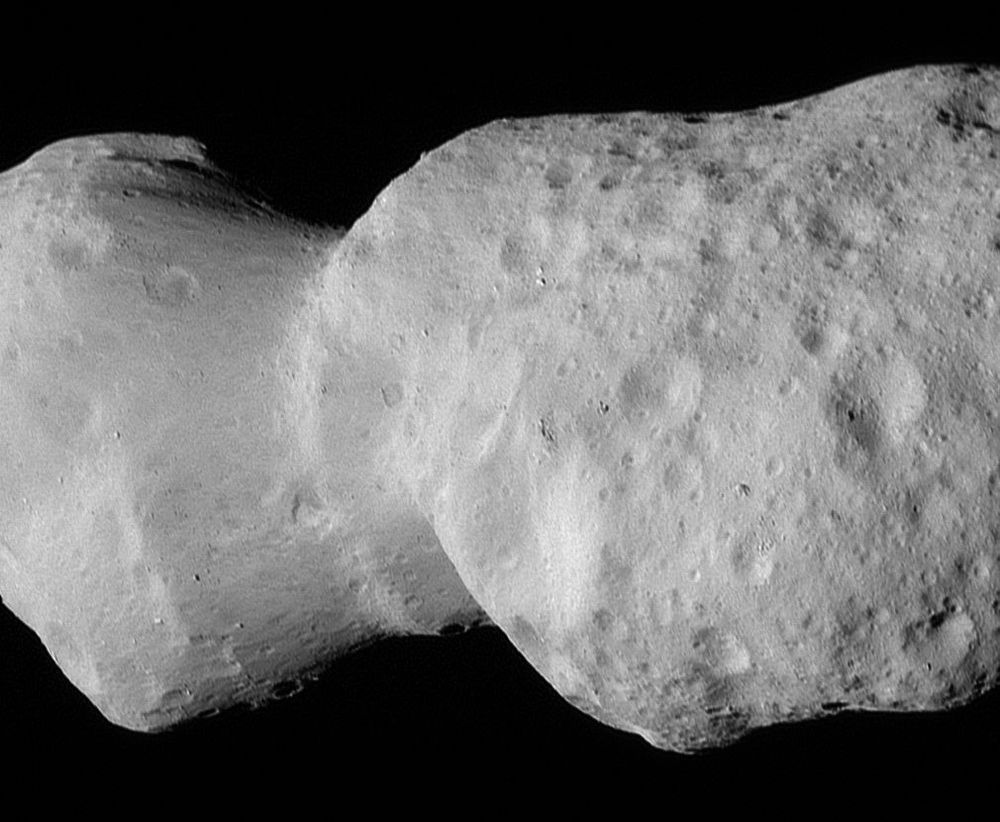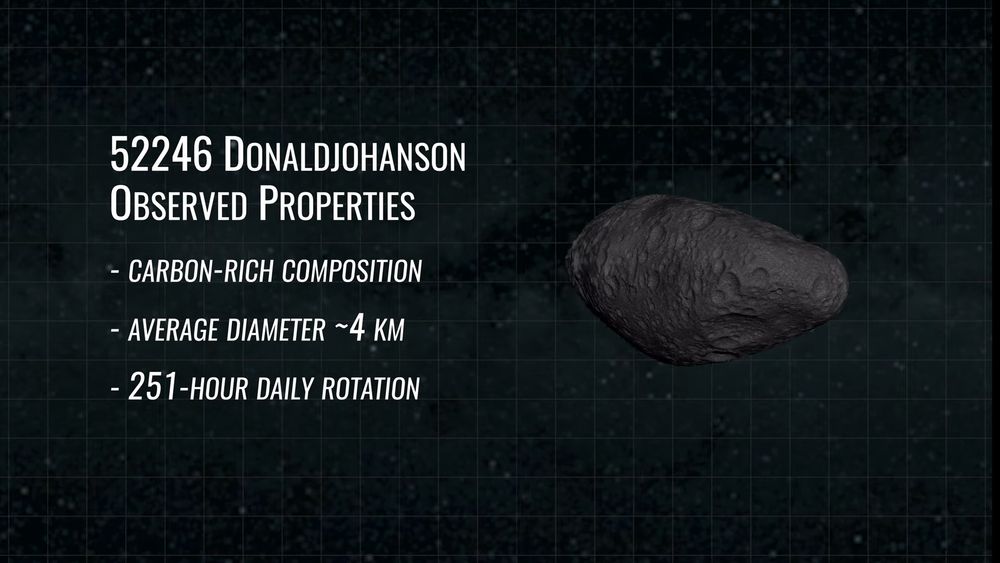
Science Programme Manager @issibern.ch. Co-I of ESA's Comet Interceptor, collaborator on NASA's Lucy and ESA's Rosetta missions.
www.spaceMarschall.net
(he/him)🇨🇭🇺🇸🇫🇷
A huge thank you to everyone who believed in me and supported me over all these years! So excited for all that is to come 🚀🛰️🪨🪐

A huge thank you to everyone who believed in me and supported me over all these years! So excited for all that is to come 🚀🛰️🪨🪐


🧵4/5 #planetSci

🧵4/5 #planetSci
Where can we find such material? In the interiors of comets!
Because of intense comet activity (up to 10m erosion per orbit), pristine material is close to the surface (within 1st metre).
🧵3/5

Where can we find such material? In the interiors of comets!
Because of intense comet activity (up to 10m erosion per orbit), pristine material is close to the surface (within 1st metre).
🧵3/5
There are currently two end-member theories for how planetesimals form: hierarchical accretion (2a in the figure below) or through the gravitational collapse of pebble clouds (2b in Fig). The two theories predict very different properties for the interior.
🧵2/5 #planetSci

There are currently two end-member theories for how planetesimals form: hierarchical accretion (2a in the figure below) or through the gravitational collapse of pebble clouds (2b in Fig). The two theories predict very different properties for the interior.
🧵2/5 #planetSci
ORIGO would collect crucial ground truths to understand the first step in planet formation: forming the first (100 km-ish) solid bodies called planetesimals.
🧵 1/5 #planetSci

ORIGO would collect crucial ground truths to understand the first step in planet formation: forming the first (100 km-ish) solid bodies called planetesimals.
🧵 1/5 #planetSci


Image credit: NASA/Goddard/SwRI/Johns Hopkins APL/NOIRLab science.nasa.gov/image-articl...
#PlanetSci #SciComm 🧪

Image credit: NASA/Goddard/SwRI/Johns Hopkins APL/NOIRLab science.nasa.gov/image-articl...
#PlanetSci #SciComm 🧪
Images taken on April 20, 2025, from a distance of 1,600 to 1,100 km.
Credit: NASA/Goddard/SwRI/Johns Hopkins APL
science.nasa.gov/image-articl...
#PlanetSci #SciComm 🧪
Images taken on April 20, 2025, from a distance of 1,600 to 1,100 km.
Credit: NASA/Goddard/SwRI/Johns Hopkins APL
science.nasa.gov/image-articl...
#PlanetSci #SciComm 🧪
Image taken on April 20, 2025 from a range of approximately 1100 km.
Credit: NASA/Goddard/SwRI/Johns Hopkins APL/NOIRLab
urldefense.com/v3/__https:/...
#PlanetSci #SciComm 🧪

Image taken on April 20, 2025 from a range of approximately 1100 km.
Credit: NASA/Goddard/SwRI/Johns Hopkins APL/NOIRLab
urldefense.com/v3/__https:/...
#PlanetSci #SciComm 🧪
↔️ current distance to DJ: 960 km
☀️ current phase angle: 75°
▶️ www.whereIsLucy.space
#PlanetSci #SciComm

↔️ current distance to DJ: 960 km
☀️ current phase angle: 75°
▶️ www.whereIsLucy.space
#PlanetSci #SciComm
↔️ current distance to DJ: 12 thousand km
☀️ current phase angle: 10°
🪨 estimated size on L'LORRI camera: 50-83 pixels
Time to head over to www.whereIsLucy.space and activate "encounter mode"...
#PlanetSci #SciComm

↔️ current distance to DJ: 12 thousand km
☀️ current phase angle: 10°
🪨 estimated size on L'LORRI camera: 50-83 pixels
Time to head over to www.whereIsLucy.space and activate "encounter mode"...
#PlanetSci #SciComm
↔️ current distance to DJ: 48 thousand km
☀️ current phase angle: 13.41°
🪨 estimated size of DJ on L'LORRI camera: 12-21 pixels
▶️ www.whereIsLucy.space

↔️ current distance to DJ: 48 thousand km
☀️ current phase angle: 13.41°
🪨 estimated size of DJ on L'LORRI camera: 12-21 pixels
▶️ www.whereIsLucy.space
↔️ current distance to DJ: 100 thousand km
☀️ current phase angle: 13.98°
🪨 estimated size of DJ on L'LORRI camera: 6-10 pixels
▶️ www.whereIsLucy.space
#PlanetSci #SciComm

↔️ current distance to DJ: 100 thousand km
☀️ current phase angle: 13.98°
🪨 estimated size of DJ on L'LORRI camera: 6-10 pixels
▶️ www.whereIsLucy.space
#PlanetSci #SciComm
More about the encounter in my thread here: bsky.app/profile/spac...
and on whereIsLucy.space
🧵 3/3
#PlanetSci #SciComm

More about the encounter in my thread here: bsky.app/profile/spac...
and on whereIsLucy.space
🧵 3/3
#PlanetSci #SciComm
Below is the encounter insignia: Interlaced silhouettes of Donald Johanson and the Lucy fossil.
Credit: Goddard/SwRI
🧵 5/6

Below is the encounter insignia: Interlaced silhouettes of Donald Johanson and the Lucy fossil.
Credit: Goddard/SwRI
🧵 5/6
↔️ closest approach distance: 960 km
⏩ encounter speed: 13.4 km/s
🌍 distance from Earth: 1.5 AU (223 million km, 12 light-minutes)
☀️ inbound phase angle: 14° (E-1d)
☀️ outbound phase angle: 165° (E+1d)
▶️ Animation from www.whereIsLucy.space sped up by 500x
🧵 4/6
↔️ closest approach distance: 960 km
⏩ encounter speed: 13.4 km/s
🌍 distance from Earth: 1.5 AU (223 million km, 12 light-minutes)
☀️ inbound phase angle: 14° (E-1d)
☀️ outbound phase angle: 165° (E+1d)
▶️ Animation from www.whereIsLucy.space sped up by 500x
🧵 4/6
1️⃣ estimated diameter: 3-5 km
2️⃣ C-Type asteroid (carbonaceous)
3️⃣ dark (albedo ~ 0.1)
4️⃣ slow rotator (period = 251 h)
Lucy will give us the first resolved images of this object!
🧵 3/6

1️⃣ estimated diameter: 3-5 km
2️⃣ C-Type asteroid (carbonaceous)
3️⃣ dark (albedo ~ 0.1)
4️⃣ slow rotator (period = 251 h)
Lucy will give us the first resolved images of this object!
🧵 3/6
🧵 2/6

🧵 2/6
NASA's Lucy spacecraft will fly by DJ on Sunday, April 20, 2025 at 17:51 UTC (2:51 a.m. JST/10:51 a.m. PDT/11:51 a.m. MDT/1:51 p.m. EDT/19:51 CEST).
You can follow the encounter on whereIsLucy.space
🧵 1/6
#PlanetSci #SciComm
NASA's Lucy spacecraft will fly by DJ on Sunday, April 20, 2025 at 17:51 UTC (2:51 a.m. JST/10:51 a.m. PDT/11:51 a.m. MDT/1:51 p.m. EDT/19:51 CEST).
You can follow the encounter on whereIsLucy.space
🧵 1/6
#PlanetSci #SciComm
I've built a dashboard to follow and examine the Juice trajectory on whereis.space/juice/
I've built a dashboard to follow and examine the Juice trajectory on whereis.space/juice/
I’m not a geologist so was just using „streaks“ but i guess they are ridges or faults.

I’m not a geologist so was just using „streaks“ but i guess they are ridges or faults.

